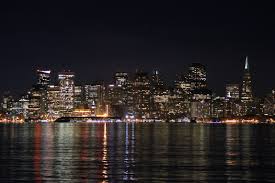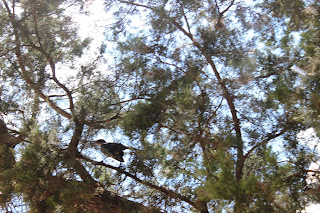Shot 1
Lighting Pattern: Front Lighting Sunny 16
Lighting Condition: Mostly Sunny
ISO: 100
F/Stop: F16
Shutter Speed: 1/125
Shot 2
Lighting Pattern: Front Lighting Equivalent Exposure 1
Lighting Condition: Mostly Sunny
ISO: 100
F/Stop: F19
Shutter Speed: 1/40
Shot 3
Lighting Pattern: Front Lighting Equivalent Exposure 1
Lighting Condition: Mostly Sunny
ISO: 100
F/Stop: F22
Shutter Speed: 1/25
Shot 4
Lighting Pattern: Front Lighting Equivalent Exposure 1
Lighting Condition: Mostly Sunny
ISO: 100
F/Stop: F29
Shutter Speed: 1/15
Shot 5
Lighting Pattern: Front Lighting Equivalent Exposure 1
Lighting Condition: Mostly Sunny
ISO: 100
F/Stop: F29
Shutter Speed: 1/10
Shot 6
Lighting Pattern: Front Lighting Equivalent Exposure 1
Lighting Condition: Mostly Sunny
ISO: 100
F/Stop: F32
Shutter Speed: 1/10
Shot 7
Lighting Pattern: Front Lighting Equivalent Exposure 1
Lighting Condition: Mostly Sunny
ISO: 100
F/Stop: F36
Shutter Speed: 1/10
Shot 8
Lighting Pattern: Front Lighting Equivalent Exposure 1
Lighting Condition: Mostly Sunny
ISO: 100
F/Stop: F14
Shutter Speed: 1/100
Shot 13
Lighting Pattern: Front Lighting Equivalent Exposure 1
Lighting Condition: dark shade
ISO: 100
F/Stop: F11
Shutter Speed: 1/160
Shot 14
Lighting Pattern: Front Lighting Equivalent Exposure 1
Lighting Condition: dark shade
ISO: 100
F/Stop: F13
Shutter Speed: 1/80








































